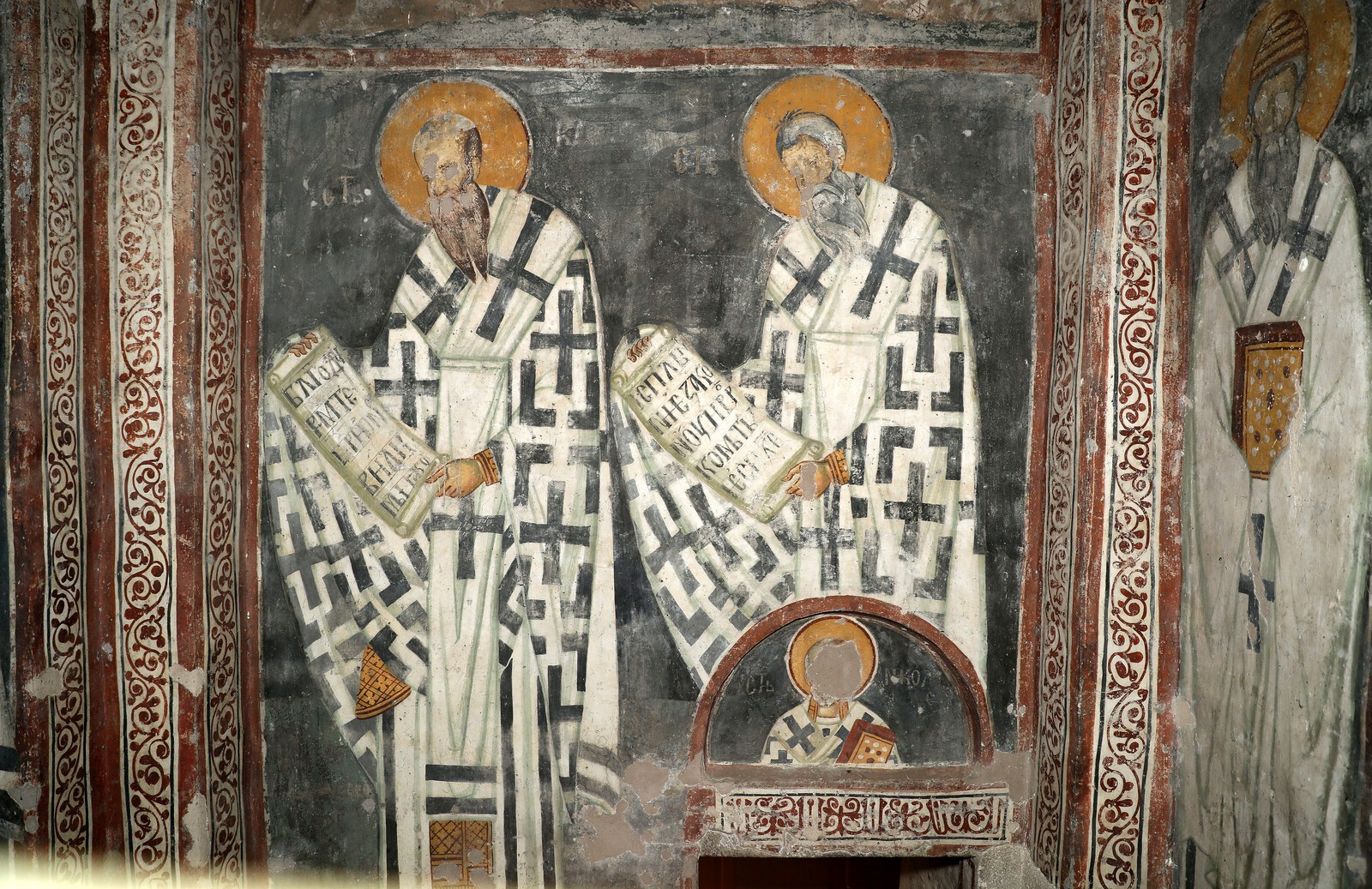Some poems are so powerful that I cannot help showing people, even if they have almost no experience of poetry in the language in which the poems are written. Recently I was showing my American friend a Chinese poem in the ci 詞 lyric genre, written in 1075 to the tune ‘Riverside City’ 江城子 by the Song dynasty poet Su Shi 蘇軾 (art name Su Dongpo 蘇東坡):
- 十年生死兩茫茫,
不思量,自難忘。
千里孤墳,無處話淒涼。
縱使相逢應不識,
塵滿面,鬢如霜。 - 夜來幽夢忽還鄉,
小軒窗,正梳妝。
相顧無言,唯有淚千行。
料得年年腸斷處,
明月夜,短松岡。
The whole poem is what you hear at night after, in the daytime, having heard a shi 詩 genre poem by the Tang dynasty poet He Zhizhang 賀知章:
少小離家老大回,鄉音無改鬢毛衰,
兒童相見不相識,笑問客從何處來。
Both poems have the years away from home (十年, 少小離家), the greyed hair on the temples (鬢如霜, 鬢毛衰), the being a stranger to someone at home (縱使相逢應不識, 兒童相見不相識). If Su Shi in the Song dynasty poem was not intentionally alluding to the Tang dynasty poem, he might as well have been doing so. But if the Tang dynasty shi poem in the daytime was bittersweet, with the children in the speaker’s hometown being strangers to him, asking this foreigner where he was come from, then this Song dynasty ci poem is a very different, nocturnal poem.
Su Shi wrote his poem ten years after the death of his wife. After ten years, he says, life and death are vast, unmeasured, boundless, the distance between them oceanic. He may not dwell on it, to ponder and to reckon, to consider and to measure, yet the thing by nature is hard to forget: a thousand miles, a lone grave, and no place to speak of his bleakness. Even if they were to meet, they might not know each other. Dust fills his face; his temple hair is like frost.
The second stanza begins with a striking line that shifts the mood, and the poet and listener’s location: 夜來幽夢忽還鄉. It also is the favourite line of one of my father’s college friends. We can try to understand it by prosody and sound.
Let’s hear the line with a cæsura after the fourth syllable, as is usual in a Chinese line of seven syllables: 夜來幽夢 || 忽還鄉. Thus: night comes, dim dreams – sudden return village.
In Cantonese, this line sounds like ye loi yau mung || fat waan heung. The sound of the line’s first half is soft. Of the four syllables, three are open (no consonant after the vowel), and the fourth ends in a nasal consonant. All the consonants in those four syllables are sonorants: semivowels, liquids, or nasals. (If you want to hear the sound, even if you speak no Cantonese, it’s always possible to look up the Middle Chinese sound of every syllable on Wiktionary.) Because of the correspondence of sound and sense in this line, the netherworld dreams, or dim dreams (幽夢), have a sort of charming, romantic Southern Gothic feel to them, like a lazy, warm summer night breeze on an old South Carolina plantation, with Spanish moss hanging from the trees. That’s the kind of mood I get from 夜來幽夢, just on the edge of spooky. Now you get to the last three syllables, 忽還鄉. The first syllable there, 忽 (‘sudden’), sounds like huət̚ in Middle Chinese: first a fricative, then a reduced-sounding vowel followed by a stop! like a strong wind that suddenly stops. ‘In the night were dim dreams, and suddenly I was returned home.’ Through the texture created by the sounds in this line, the audience is suddenly transported with the author.
He shows us a little high window, and right there is combing and adorning. His and his wife’s care for each other has no words, only tears’ thousand tracks. One can guess every year the place where his guts snap: a night with a bright moon, a mound with short pines.












